Andebit et beaqui corendit, ut quostes esciendion re dit ad et prae parion es quia quas alibus sam, omnim faciden ducipidiat arum autem nobis enis es voat

16. Town of Moriah Park
The Tools of Mining
Listen to the Site 16 Iron Story Audio Narration
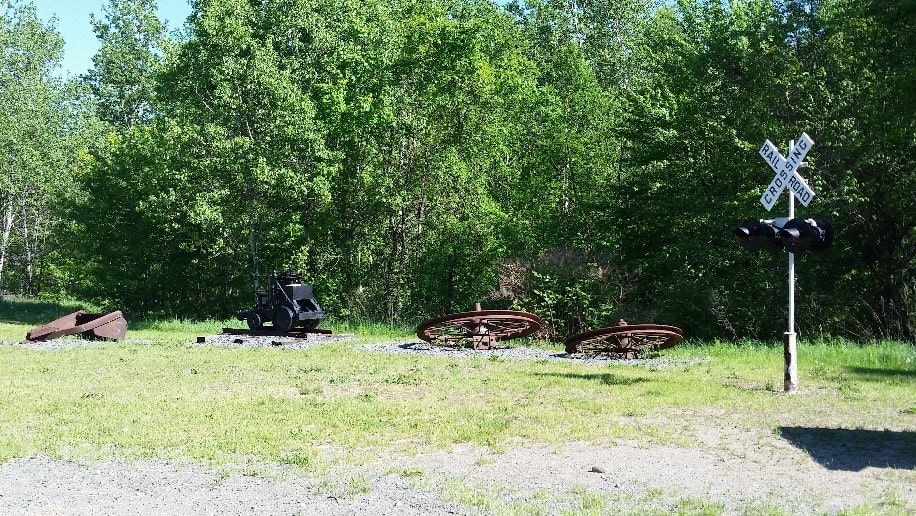
Republic Steel Corporation was the last of the iron companies to take root in Moriah. Owning vast amounts of Adirondack mineral lands, the company was looking to develop more sources of iron ore. The choice for development lay between reopening the AuSable Mines in Clinton County and the Fisher Hill Mines two miles north of Mineville. The Fisher Hill mines hadn’t been in use since 1893 when the Port Henry Iron Ore Company had operated it. With an estimated 40 million tons of iron ore, this property was selected for development in 1941 by Republic Steel. It was worked until the company left in 1971.
The equipment you see at the town park was used at Fisher Hill and Mineville. The mining, hoisting, and primary crushing was similar in process to Mineville operations, except that the equipment was generally larger at Fisher Hill.
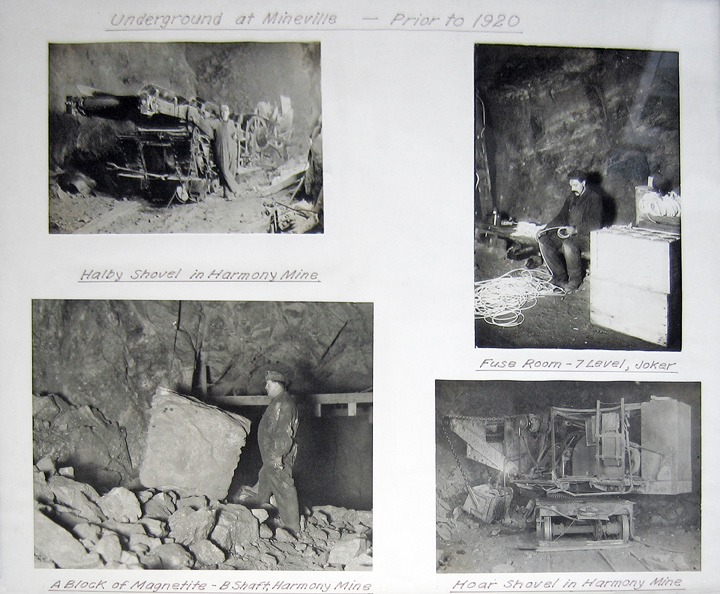
Tools at the park:
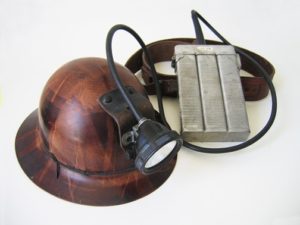
Sheave Wheel – A large grooved wheel set in the top of a shaft headframe, over which the hoist rope passes, from the hoist to the cage, which transported men and equipment up and down the mine shaft.
Scraper – A bucket used to drag mined ore through a horizontal passage so that it could be dropped down to a loading point.
Electric trolley “motor” or locomotive – This was a specialized, light-duty unit that moved cars of wood or charcoal. This one appears to have been custom-built for use in one of the Mineville shafts. It has all of the trademarks of a larger model: a trolley pole, reversing rheostat controller, resistor bank for speed control, and an electric motor geared to the large drive wheels.
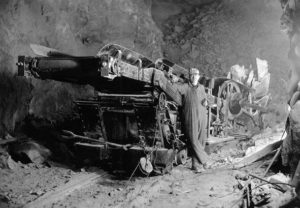
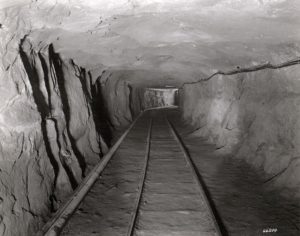
Travel Tools
As you continue on Highway County Road 7C (Belfry Road), just before the four-way intersection with Powerhouse Road, you see the Moriah Town Park on your right. Pull over here.
Learn More
First-Hand Accounts
Description of the mines: “I descended the perpendicular shaft in an iron bucket, accompanied by Mr. John O. Presbrey, the courteous agent at the mine. The stopping of the bucket at the foot was so gentle and noiseless that I was scarcely aware the descent of more than 300 feet had ended. A strange, weird, and thrilling spectacle was revealed. There was no noise but the ceaseless clink of the hammer, and the jarring of the machinery. Along the different chambers a series of twinkling lamps, shinning more and more dimly, as the long lines receded in the deep darkness, was sufficient to reveal the low, dark arched roofs supported by massive and glittering Doric columns. These columns stand about 100 feet apart, and average 16 feet square. They are chiefly formed of solid ore, a most costly material, as each column contains about one thousand tons of ore.” -Naturalist Winslow Watson, 1869


